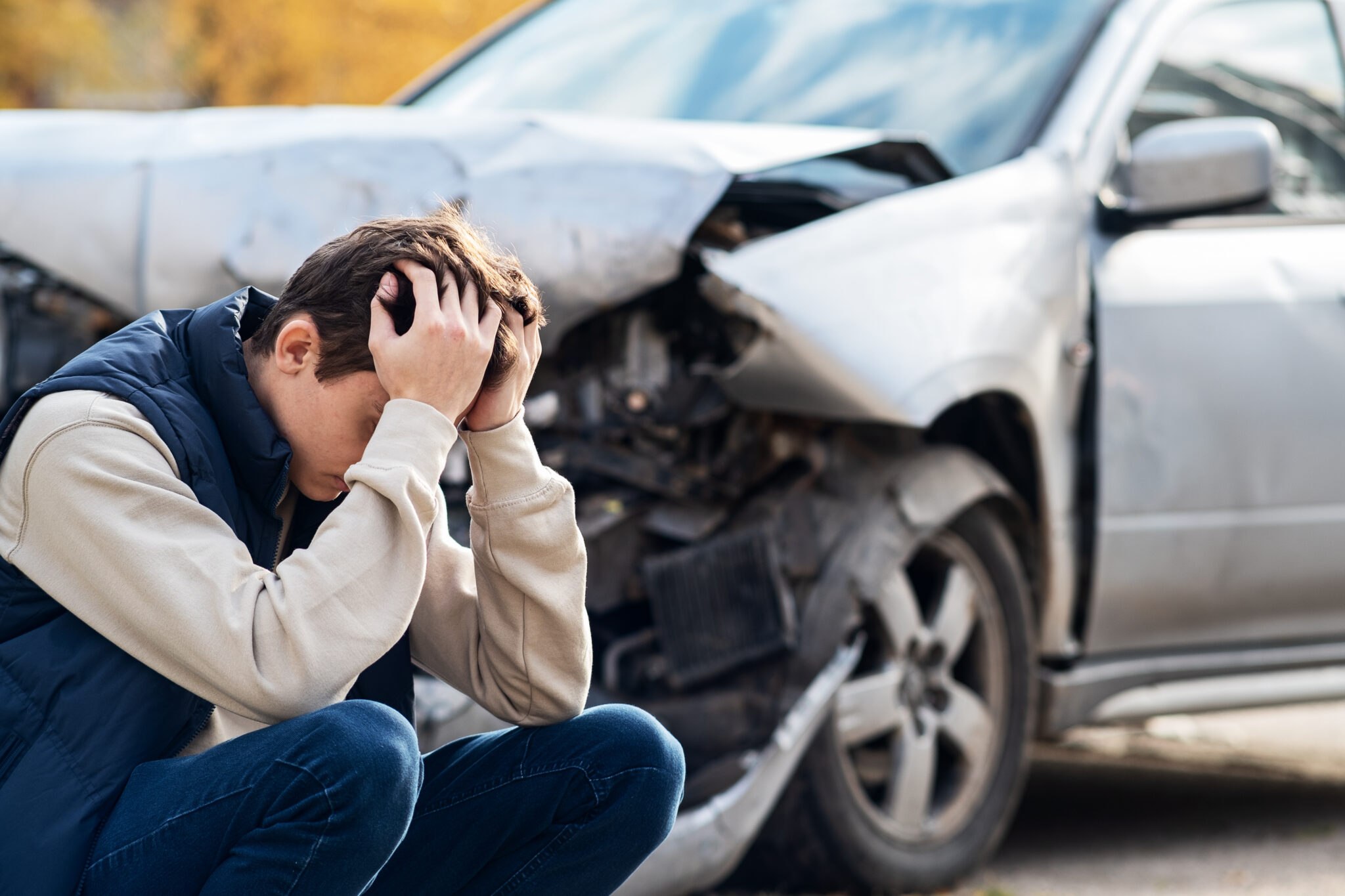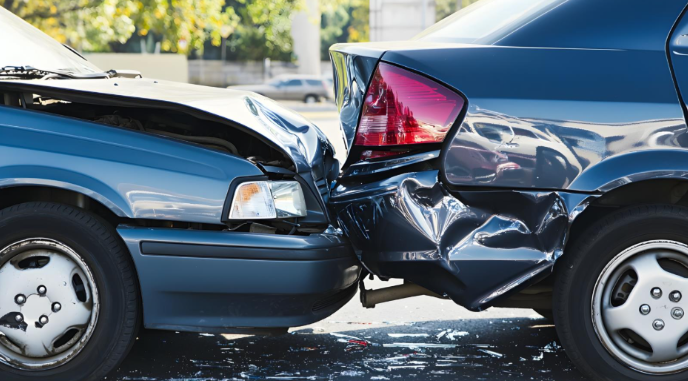The chances that you have not been in some kind of vehicle accident are remarkably slim. Each individual, on average, makes an insurance claim for a vehicle collision every 17.9 years, but many “minor” accidents go unreported, which means the accident rate is probably much higher.
Despite the ubiquity of the automotive accident experience, every car crash is unique. There are different causes, different types of vehicles involved, different numbers of passengers, different road conditions, etc. With all these variables, it’s hard to get an accurate picture of what the “typical” collision is like; however, there are certain health-related problems that many people who have been involved in an automotive crash experience.
Below are some of the most common types of injuries that accident victims suffer from. It’s important to note that some injuries may not be apparent immediately after a crash – your body will naturally release chemicals that act as painkillers when you are in an intense situation like a car wreck, and some injuries can develop slowly or get worse over time. This is why it is so important to seek medical attention immediately after you are involved in an accident – even if you feel fine. Medical professionals will be able to assess your injuries and document your symptoms so they can track your progress over time.
The injuries listed below are broken down into two different categories: type of injury and site of injury.
Common Injury Types:
Bone fractures: one of the most common types of injuries that accident victims suffer from are bone fractures. Bone fractures can occur in any part of the body from the bones of the finger to the ribs to the bones of the feet.
Lacerations: cuts and scrapes (along with bruising and skin irritation) are extremely common in car crashes. Virtually any object in a car from loose change to GPS units becomes dangerous when one vehicle collides with another, and the violence of car crashes can also cause all sorts of other sharp debris to become a hazard: glass shards, bits of metal, cracked plastic, and more can all cause cuts and other injuries.
Internal injuries: not all injuries caused by car wrecks are visible; sometimes, the force of impact can cause injuries within the body. Sudden, jarring movement can damage internal organs or a bone fracture within the body can penetrate organs and cause severe damage; again, this is why it is so important to seek medical attention immediately after an accident.
Psychological issues: injuries from a car wreck don’t just affect the body – almost 10% of people report suffering from some form of psychological issue after they are involved in a vehicle accident, but the actual numbers are probably much higher. Anxiety, depression, post-traumatic stress disorder, and many other psychological issues can be caused by the experience of being in a collision, being injured, and/or seeing someone else injured in a wreck, and these conditions should not be ignored just because they cannot be seen.
Common Injury Sites:
Head and facial injuries: because objects and debris are moving at high-speed and the head is one of the most exposed parts of the body in a vehicle, injuries to the head and face are very common. Sometimes these injuries are minor cuts and scrapes, but injuries can also be severe, especially if someone’s head impacts the steering wheel, dash, or windows; these severe injuries can be to the jaw, the teeth, the eyes, or even the skull.
Brain injuries: unfortunately, traumatic brain injuries (TBIs) are all too common as a result of car crashes; in fact, car crashes are one of the leading causes of TBI-related deaths in the United States. The violent forces involved in a wreck can wreak havoc on a brain because it gets compressed, stretched, and stressed within the skull.
Spine and neck injuries: many people don’t realize that the cervical spine (the uppermost section of the spine) reaches almost all the way up to the brain stem. When individuals experience rapid shifts in velocity, they can suffer from whiplash or neck strain, but they can also have more severe injuries like dislocated or broken vertebrae.
Chest injuries: the chest is part of the body that frequently impacts other parts of the vehicle such as the steering wheel or the seatbelt. When the chest does impact something like the steering wheel or dashboard, it often causes bruising, but it can also result in more severe problems like fractured ribs.
Back injuries: injuries to the lower back are also common in automotive accidents. Herniated disks, fractured vertebrae, and other injuries can occur to the back, and these injuries often result in persistent discomfort and pain.
Leg injuries: since the legs and feet usually have a restricted range of movement in a car, they often suffer severe injuries as they get crushed against part of the vehicle or crammed into a tight space. Other times, the knee suffers damage because of rotational movement.
Although the list of common injury sites seems to include just about every part of the body, the fact of the matter is that just about any part of the body can be injured in a car crash. A vehicle collision – regardless of the size of the vehicles, the speed at which it occurs, the number of passengers, or any other factors – is a violent event that can cause severe injuries to the body.
After seeking prompt medical attention, if you have been injured in a vehicle accident, you need to contact a qualified, experienced attorney. At Crosley Law Firm, we have handled many car accident claims. Our attorneys stay up to date on the most current changes to traffic laws, and our offices have the resources to help you: we use advanced accident-reconstruction technology, and we have a network of experts in medicine, engineering, and other areas to assist with your claim. Visit our website – crosleylaw.com – or call us today at (877) 535-4529.









